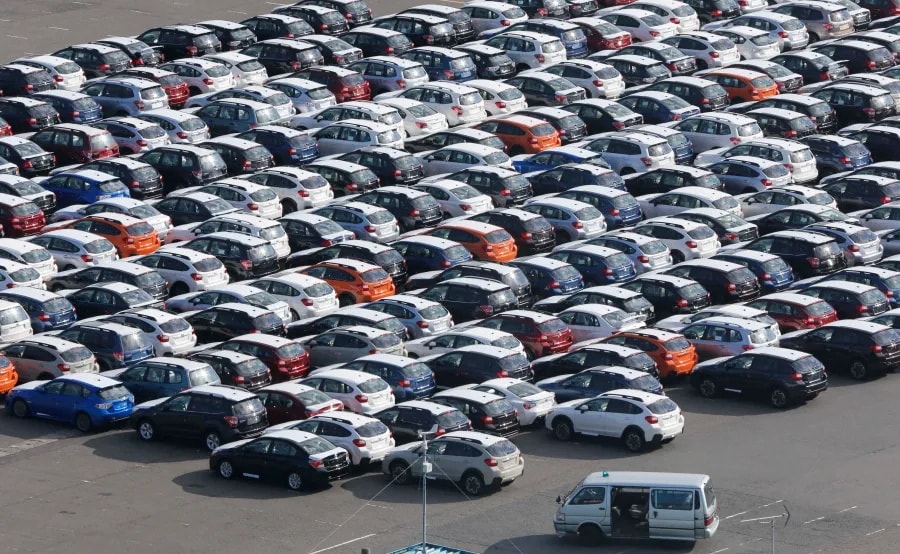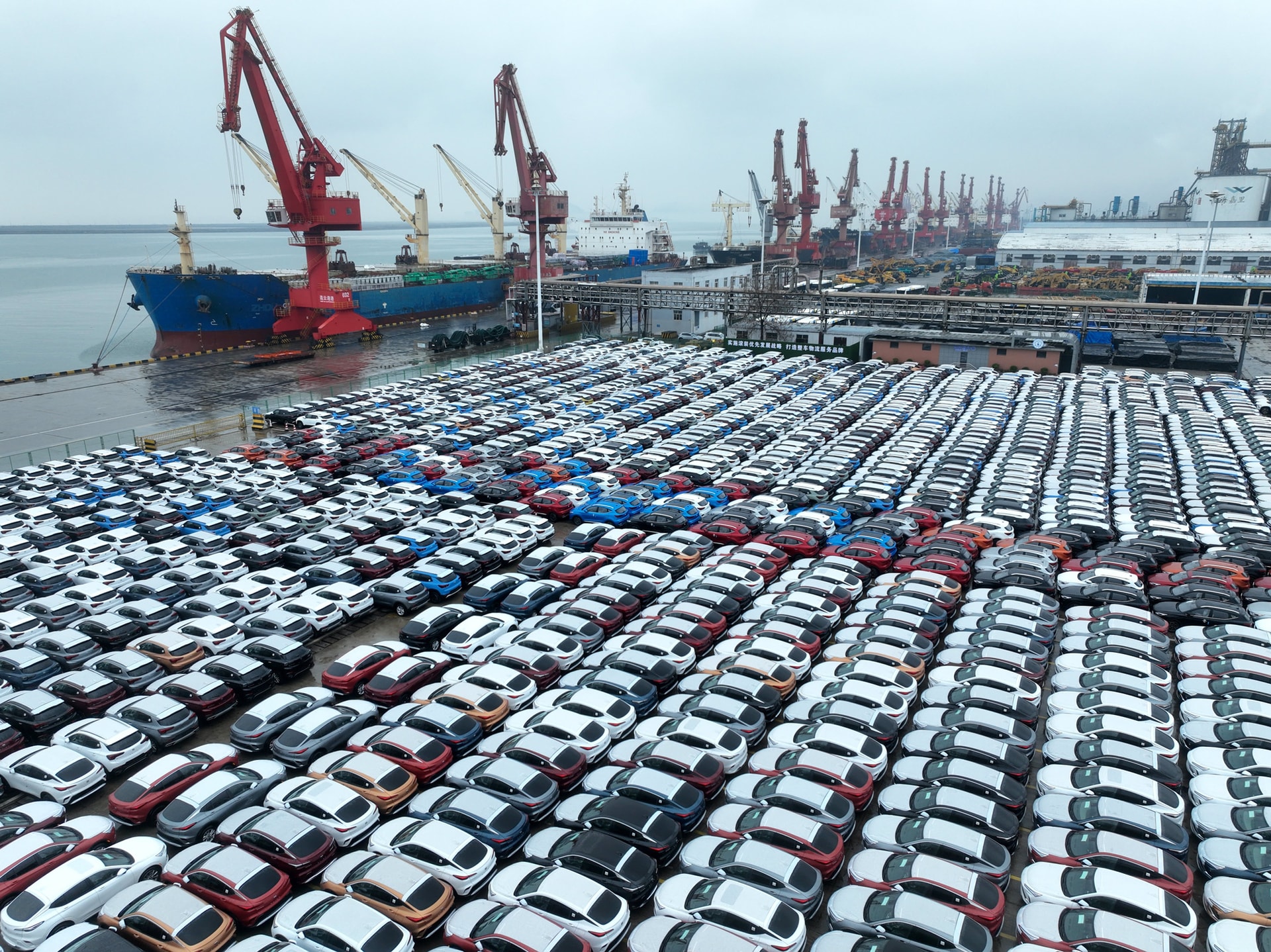China will overtake Japan to become the world's largest auto exporter for the first time in 2023, thanks to electric vehicles.

Exported cars at a port in Kawasaki, west of Tokyo, on December 20, 2012. Data from the Japan Automobile Industry Association shows China is set to overtake Japan as the world's largest auto exporter by 2023.
SheetNikkei AsiaJapan exported 4.42 million cars in 2023, up 16% from the previous year, according to data from the Japan Automobile Manufacturers Association.
Meanwhile, the China Association of Automobile Manufacturers said the country exported 4.91 million vehicles last year, up 58 percent from the previous year.
This means that for the first time in seven years, Japan has lost its position as the world's largest auto exporter. The last time Japan was overtaken was in 2016, when it fell behind Germany.
However, the figure contradicts customs data. Japanese customs data shows that the country exported 5.97 million vehicles last year, more than the 5.22 million reported by Chinese customs.
Explaining China's strong export output, experts attribute part of the Russian market. Sarah Tan, an economist at Moody's Analytics, said that due to complicated political developments, Japanese and Western car manufacturers have withdrawn one after another, leaving a large market for domestic and Chinese car manufacturers.
Another important driver was China's new energy vehicles, including electric and hybrid vehicles, which saw export growth of up to 80%. The biggest contributor was BYD, which surpassed Tesla in global electric vehicle sales for the first time in the fourth quarter of 2023.

A large number of cars are ready for export at Lianyungang Port, Jiangsu Province, China, January 17, 2024.
For the whole of 2023, BYD will achieve sales of about 3.5 million vehicles, higher than Tesla's 2.35 million vehicles in the same year.
Government support is seen as playing a major role in boosting China’s auto manufacturing capacity. In 2009, the government approved a plan to mainstream new energy vehicles and rolled out sales subsidies from 2010 to 2022. These subsidies totaled about 300 billion yuan ($42 billion), according to Chinese media.
Automobiles are seen as a tool for China to establish its position as an economic power, which in turn influences other aspects. In addition to exports, Chinese automakers are also looking to shift their focus to overseas production in the future.
One official expects China to sell 12 million vehicles overseas by 2030, including 6 million exported from China and 6 million produced abroad.
Despite being surpassed in terms of exports, AFP quoted experts as saying that the production situation of Japanese automakers has not declined. Because the companies have increased production abroad, and Toyota will continue to be the world's largest automaker in 2023.
Although official production capacity figures for last year are not yet available, 2022 statistics show that car production in Japan reached 7.84 million units, while overseas production was nearly 17 million units.
"The Japanese have built a lot of factories overseas. They produce four times more overseas than they export," Christopher Richter, an auto analyst at investment and market research firm CLSA, told AFP.
HA (According to Tuoi Tre)